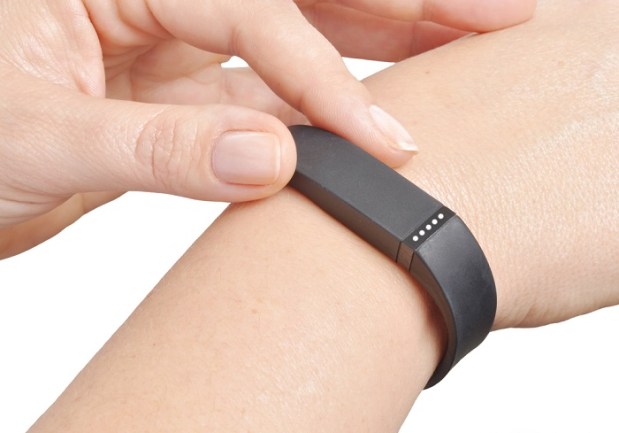Newcomers To Wearables Market Gain Ground On Fitbit

While most experts like to cover the battle for smartphone market share supremacy as the be-all and end-all fight in retail, there’s more than a few segments where familiar brands are jockeying for position on the sales charts and in customers’ wallets. What’s unique about the wearables market, though, is that Apple isn’t running away with it.
Instead, according to a recent report from International Data Corporation (IDC), Fitbit still lays claim to the top spot in shipments for wearables. The fitness tracker company owned 22.2 percent of the market share of all wearable devices in the third quarter of 2015, putting it almost four percentage points ahead of Apple (18.6 percent), a relative newcomer to the field. Chinese retailer Xiaomi barely missed out on edging Apple from the second spot, with 17.4 percent of the overall market share.
However, while the top of the charts might draw the most attention, Ramon Llamas, research manager for wearables at IDC, explained that a rash of new wearables makers in China, such as XTC, which sold more units than established companies like Samsung, are making waves.
“The early stages of the wearables market have led to tight competition among the leading vendors, and Chinese vendors have seized upon market momentum to grab market share,” Llamas said in a statement. “China has quickly emerged as the fastest-growing wearables market, attracting companies eager to compete on price and feature sets. In addition, multiple vendors have experimented with a broad range of products and applications. The challenge, however, is whether these vendors can expand their presence, as few have extended beyond the country’s borders and into other markets.”
Regardless of which company is selling the most wearables, it’s clear that in just a year’s time, there’s more than enough traffic in the field to go around. Compared to the same quarter in 2014, IDC found that the total shipment volume of devices had increased a whopping 197.6 percent to 21 million units.
